AO Edited
Phu Phra Bat Historical Park
An amalgam of precariously balanced boulders, ancient petroglyphs, and Buddhist shrines.
Millions of years ago, this park was part of the ocean floor. Once it dried up, erosion continued what water had probably already started: eating away the sandstone underneath massive boulders. This has resulted in massive boulders impossibly balanced on top of small sandstone protrusions. It is not hard to see why thousands of years ago, humans were attracted to the mystic that shrouds this place.
Between three and four thousand years ago, humans started drawing geometric patterns, animal and human figures on several grottoes. These are the most ancient signs of civilization in this area. There are also some stone markers, but these were sculpted about 1,200 years ago by the Mon Dvaravati people, and they can be found around the most audacious rock balancing acts. It was perhaps around this time that statues of the Buddha were carved into niches, but nearly all of these were destroyed by invaders.
The most eye-catching rocks bear names such as Tao Baros Horse Stable and Hermit’s Cave, making reference to a local myth about a prince who was kept prisoner in one of the grottoes, and eventually freed by a prince by the name of Tao Baros.
If all this were not enough, there is also a 1.5-meter long depression on one of the rocks that is said to be the footprint of the Buddha. In fact, the park’s name, Phu Phra Bat, means literally “Buddha’s Footprint Mountain.” Because of this, a number of shrines of recent origins can be found nestled between rocks.
Thanks to the unique geological features and the cultural significance of the human artifacts, this area was declared a Historical Park in 1991.

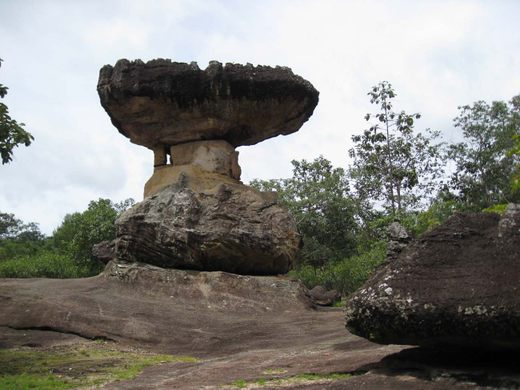
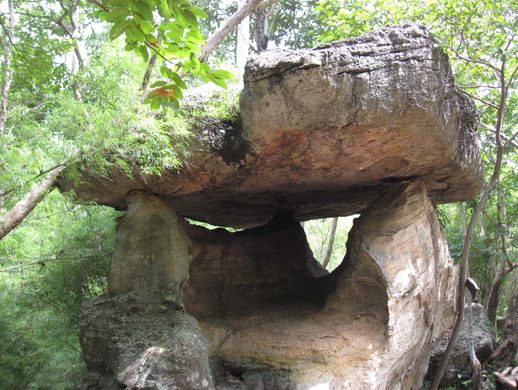
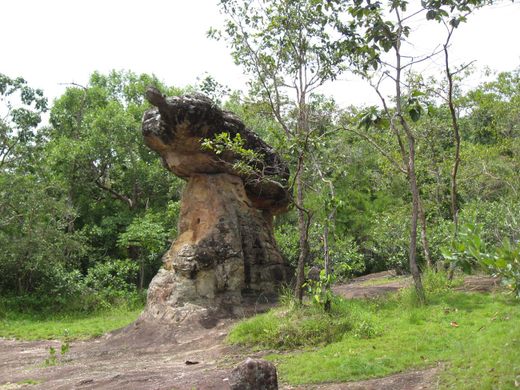

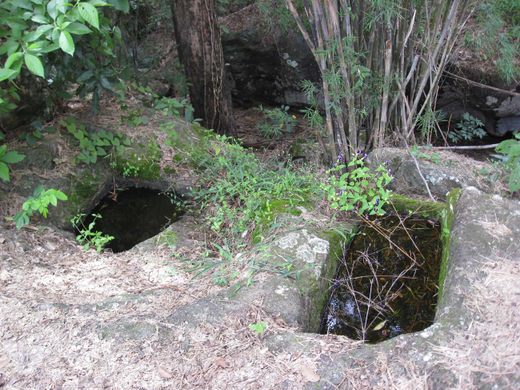
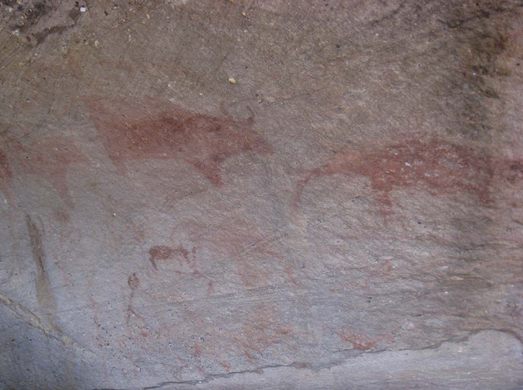
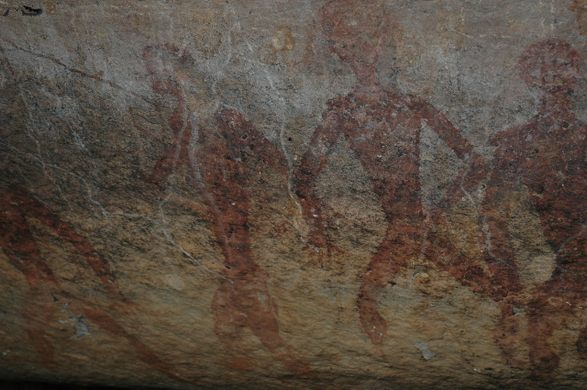
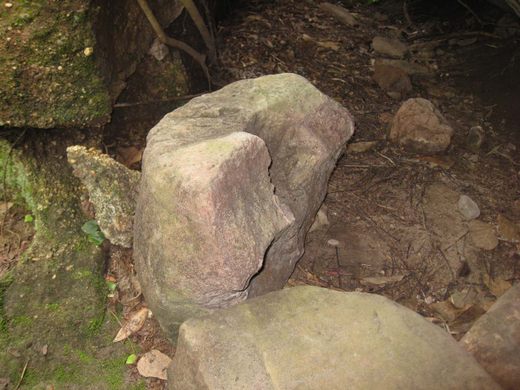
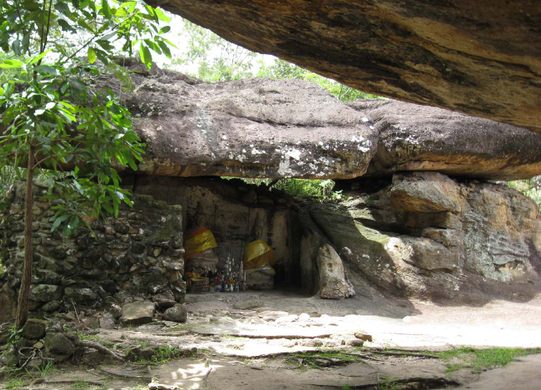

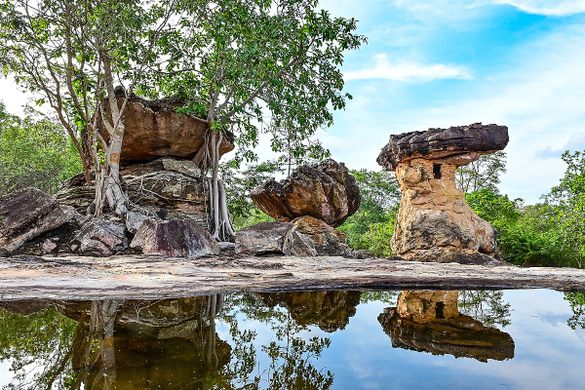
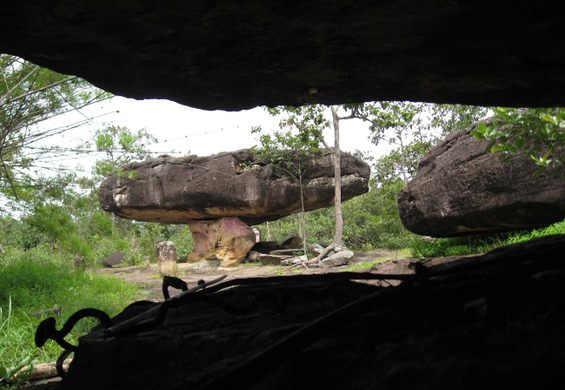



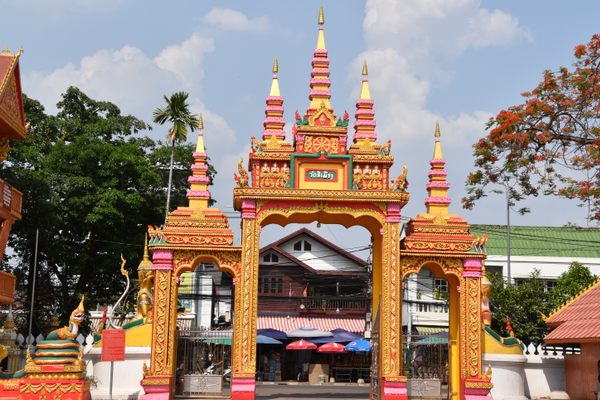
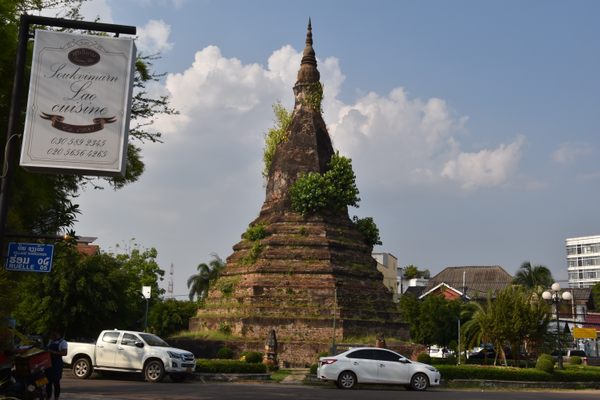







Follow us on Twitter to get the latest on the world's hidden wonders.
Like us on Facebook to get the latest on the world's hidden wonders.
Follow us on Twitter Like us on Facebook